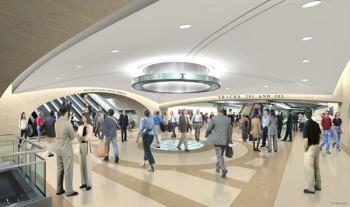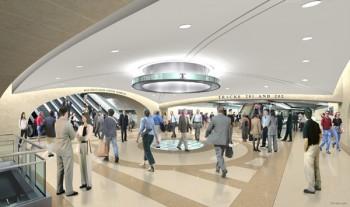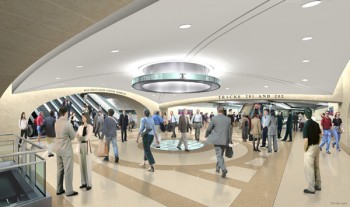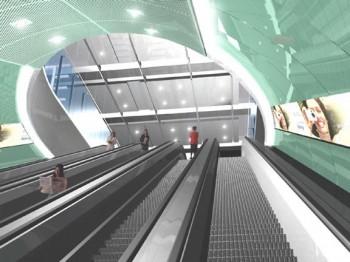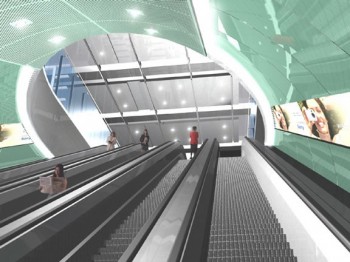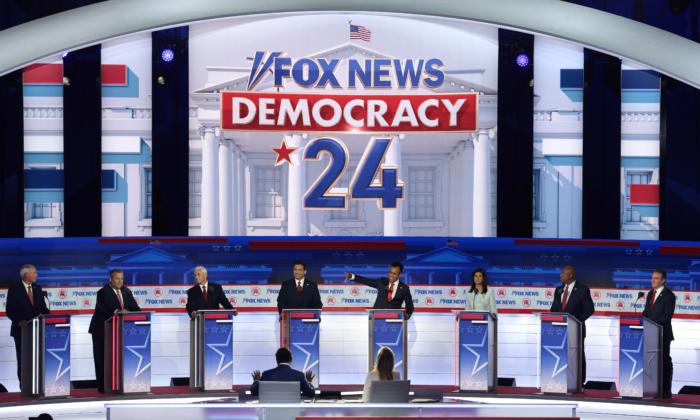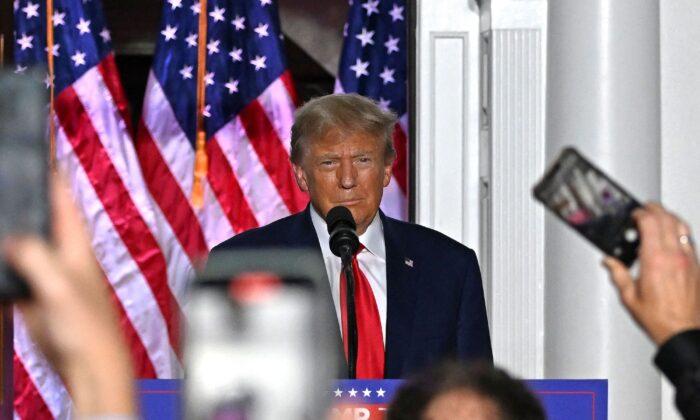NEW YORK—What costs $7.3 billion and is the biggest infrastructure project in the nation? If you have walked through the Grand Central Terminal recently, it was right underneath your feet.
The East Side Access Project will route the Long Island Railroad underneath the East River from Queens to Grand Central Terminal, bringing service to Manhattan’s East Side. The Federal Transportation Authority (FTA) released $215 million in fiscal year 2012 funding, and $31 million in fiscal year 2011 funding for the project earlier this month.
The project lies entirely in U.S. Rep. Carolyn Maloney’s district. Maloney pushed for continued funding for the project.
“With more of New York City’s jobs centered in Manhattan and New York’s bridges, tunnels, roads, and railroads at or over capacity, our ability to grow is limited without the construction of new train lines. Completion of East Side Access is crucial for our area,” Maloney wrote in a May 5 letter urging FTA Administrator Peter Rogoff to continue funding the project.
The FTA has committed $2.6 billion in funding for East Side Access, according to FTA’s annual report. FTA signed a Full Funding Grant Agreement (FFGA) with the Metropolitan Transportation Authority (MTA) in 2006. An FFGA has a commitment from the federal government to fund a total amount in installments over the lifetime of a project.
“This funding will help keep East Side Access ‘on track’ and moving forward,” Rep. Maloney stated in a press release. “The East Side Access Project has already created thousands of construction jobs and will help create thousands more when it’s up and running.”
The concourse and mezzanine of the new terminal is almost entirely carved beneath Grand Central. Once completed, the new terminal will be the largest mined structure in the United States. A 90,000-square-foot concourse is connected by escalators to a 67,000-square-foot lower mezzanine, which lies 140 feet beneath street level and 90 feet below the Grand Central Terminal. The drilling occurred so deep below ground that little surface noise occurred.
A different kind of boring is taking place in Queens, where soft ground and a high water table require a different approach. The boring machines in Queens cut through the ground while preventing the tunnel from settling. The boring machines balance the water pressure and install concrete segments as they advance.
LIRR is the largest railroad in the country, serving 272,000 travelers daily. The new station connection will serve 160,000 travelers daily, increasing LIRR’s capacity by more than 50 percent. Those traveling to East Midtown will save 30-40 minutes on their commute every day.
“One day in the not-too-distant future, a conductor will say eight magic words that have never been spoken on Long Island: ‘This is the train to Grand Central Terminal’,” stated Helena E. Williams, president of the Long Island Railroad in a press release. “East Side Access is the equivalent of the ’moon shot' for the LIRR because it will transform how we do business.”
The East Side Access Project is scheduled for completion in 2016.
